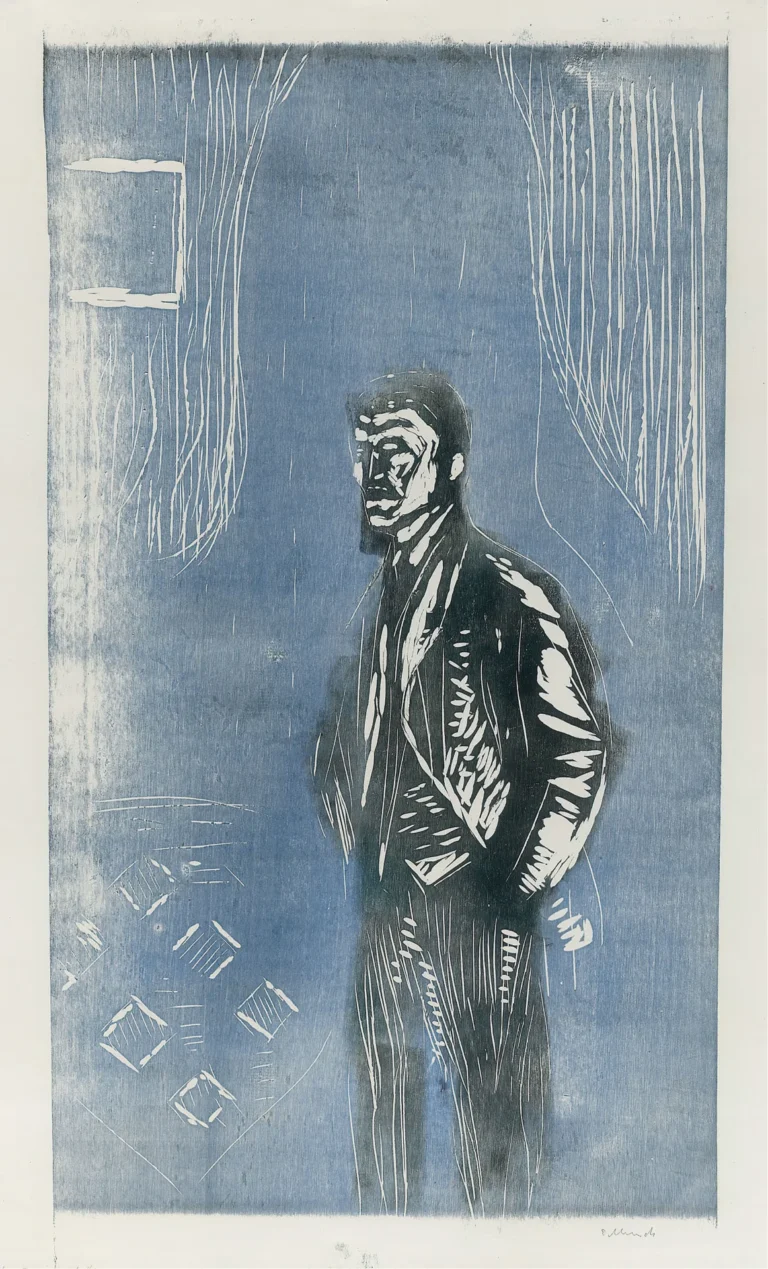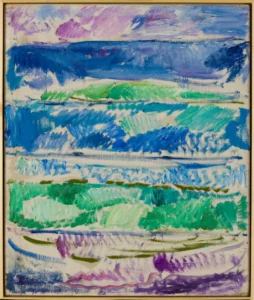Head by head (man and woman kissing) (1905)
Created by Edvard Munch in 1905, Head by head offers an emotive portrayal of two figures sharing a kiss, showcasing Munch's signature style characterized by bold lines and vibrant colors. This work captures the profound psychological depth of intimacy while reflecting Munch's personal struggles with love and loss. The abstracted forms emphasize the emotional aspects of the scene, aligning it with the broader movement of early 20th-century Expressionism, known for depicting complex human emotions.
Year 1905
About the Artwork
The story behind Head by head is deeply intertwined with Edvard Munch's personal life, particularly his tumultuous experiences with love and relationships. Created at a time when Munch was grappling with themes of connection and isolation, this painting serves as a visual testament to the duality of love—the passion as well as the pain it can evoke. As a pivotal figure in the Expressionist movement, Munch sought to convey not just the external aspects of human relationships but also the internal struggles and emotional turmoil that accompany them. Head by head is both a personal reflection and a universal commentary on the complexities of intimacy.
Did You Know
Edvard Munch’s works were often autobiographical and reflected his struggles with love and loss, which greatly influenced his artistic vision and thematic exploration of the human condition.
Munch’s Head by head is regarded as a significant contribution to early 20th-century Expressionism, a movement that prioritized the subjective emotional experience over realistic representation.
Though sometimes referred to as ‘The Kiss,’ this artwork should not be confused with Gustav Klimt’s famous painting of the same name, as Munch’s interpretation encapsulates a different emotional landscape.










